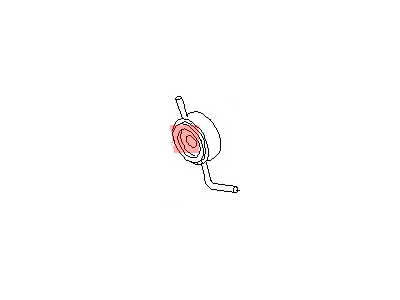×
- Hello
- Login or Register
- Quick Links
- Live Chat
- Track Order
- Parts Availability
- RMA
- Help Center
- Contact Us
- Shop for
- Nissan Parts
- Nissan Accessories

My Garage
My Account
Cart
Genuine Nissan 350Z Engine Oil Cooler
Oil Cooler- Select Vehicle by Model
- Select Vehicle by VIN
Select Vehicle by Model
orMake
Model
Year
Select Vehicle by VIN
For the most accurate results, select vehicle by your VIN (Vehicle Identification Number).
1 Engine Oil Cooler found
Nissan 350Z Cooler Assembly-Oil
Part Number: 21305-AM601$899.21 MSRP: $1290.85You Save: $391.64 (31%)Ships in 1-3 Business Days
Nissan 350Z Engine Oil Cooler
If you need any OEM Nissan 350Z Engine Oil Cooler, feel free to choose them out of our huge selection of genuine Nissan 350Z Engine Oil Cooler. All our parts are offered at unbeatable prices and are supported by the manufacturer's warranty. In addition, we offer quick shipping to have your parts delivered to your door step in a matter of days.
Nissan 350Z Engine Oil Cooler Parts Questions & Experts Answers
- Q: How do you replace the oil cooler in an engine equipped with an automatic transmission on Nissan 350Z?A:Automatic transmission engines have oil cooler that are bolted to an adapter located at the front of Oil Pan tapped to the side of oil filter to enhance engine cooling. It is also an oil filter adapter that holds the oil pressure sending unit and an oil cooler with an additional feature of oil pressure relief that directs the stream of oil in order to circumvent the cooler anytime pressures are considered too high. Two hoses are connected to the cooler and the one from the inlet side is connected to the water pipe on the passenger side, while the outlet hose connects to the main thermostat housing at the front of the engine, to allow the radiator coolant to regulate the oil temperature. To remove the oil cooler, only require to disconnect the hose clamps and then take off the inlet and outlet hoses and drains the engine oil and cooling system. Subsequently, expel the oil filter out of the assembly, work on the loosening of the retaining nut and thereafter, expand the assembly of the oil cooler with the help of the O-rings. Needless to say, if needed it will be necessary to remove oil cooler adapter by means of turn out three bolts of fastening and to grease with a new gasket a contact surface of adapter before to tighten bolts again. Before putting the new O-rings in the oil cooler place a small amount of engine oil on them and make sure that they are inserted correctly than place the oil cooler on the adapter and screw the nut for its tightening. Last of all, do not over tighten the retaining bolt but fit the hoses, start the engine and look for leakage areas, and look at the oil and the coolant level once you have switched off the engine.













